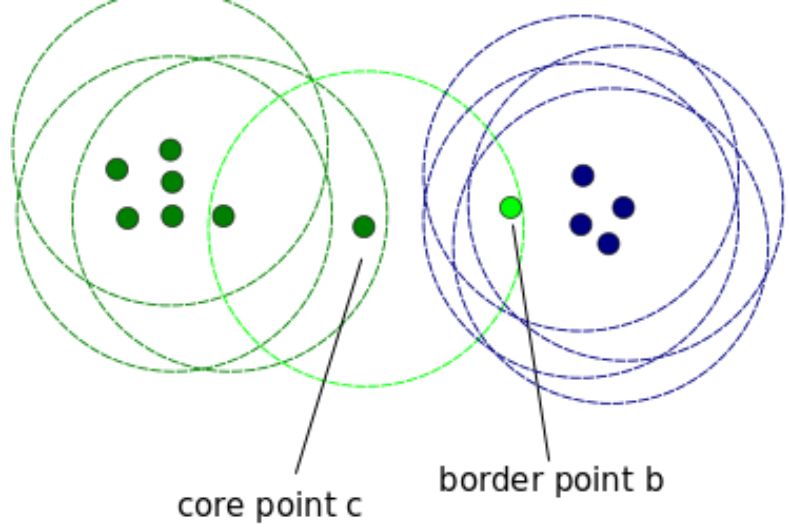What Does a PET Scan Consist Of? Unveiling the Secrets of This Advanced Imaging Technique
Guide or Summary:Understanding the Basics of a PET ScanThe Role of Radiotracers in PET ScansThe PET Scan Procedure: What to ExpectInterpreting PET Scan Resu……
Guide or Summary:
- Understanding the Basics of a PET Scan
- The Role of Radiotracers in PET Scans
- The PET Scan Procedure: What to Expect
- Interpreting PET Scan Results
- Conclusion: The Importance of Understanding What a PET Scan Consists Of
A Positron Emission Tomography (PET) scan is a powerful imaging tool that plays a crucial role in modern medicine, particularly in the fields of oncology, neurology, and cardiology. Understanding what a PET scan consists of can help demystify the process and highlight its importance in diagnosing and monitoring various health conditions. This article will explore the components of a PET scan, how it works, and what patients can expect during the procedure.
Understanding the Basics of a PET Scan
At its core, a PET scan is a non-invasive imaging technique that provides detailed images of the metabolic activity in the body. Unlike traditional imaging methods such as X-rays or CT scans that primarily show the structure of organs and tissues, a PET scan focuses on how these structures function. This is achieved by using a small amount of radioactive material, known as a radiotracer, which is injected into the patient’s body.

The Role of Radiotracers in PET Scans
One of the key components of what a PET scan consists of is the radiotracer. This substance is designed to target specific organs or tissues and emits positrons as it decays. When these positrons encounter electrons in the body, they annihilate each other, resulting in the release of gamma rays. These gamma rays are detected by the PET scanner, which then constructs detailed images based on the distribution of the radiotracer. Different types of radiotracers can be used to assess various conditions, such as cancer, Alzheimer's disease, or heart disease.
The PET Scan Procedure: What to Expect
Patients often wonder what a PET scan consists of in terms of the actual procedure. Initially, a healthcare provider will explain the process and answer any questions. After obtaining informed consent, the patient will receive the radiotracer, which may be administered intravenously or through other methods, depending on the type of scan being performed. Following the injection, patients typically wait for a short period to allow the radiotracer to circulate and accumulate in the targeted area.

Once the waiting period is over, the patient will lie down on a comfortable examination table that slides into the PET scanner. The scanner is a large, doughnut-shaped machine that takes images of the body from multiple angles. During the scan, it is essential for the patient to remain still to ensure clear and accurate images. The entire process usually takes about 30 minutes to an hour, depending on the specific protocol used.
Interpreting PET Scan Results
After the scan is complete, the images are analyzed by a radiologist, who will interpret the results and provide a report to the referring physician. The findings can reveal areas of abnormal metabolic activity, which may indicate the presence of disease, infection, or other medical conditions. The ability to visualize metabolic processes in real-time is one of the significant advantages of PET scans, making it an invaluable tool for early detection and treatment planning.

Conclusion: The Importance of Understanding What a PET Scan Consists Of
In conclusion, understanding what a PET scan consists of—ranging from the use of radiotracers to the imaging procedure itself—can empower patients and caregivers to make informed decisions about their healthcare. As a cutting-edge diagnostic tool, PET scans offer critical insights into the body’s metabolic functions, aiding in the diagnosis and management of various health conditions. If you or a loved one is scheduled for a PET scan, knowing what to expect can help alleviate concerns and ensure a smoother experience. With advancements in imaging technology, the future of PET scans holds even greater promise in enhancing patient care and outcomes.